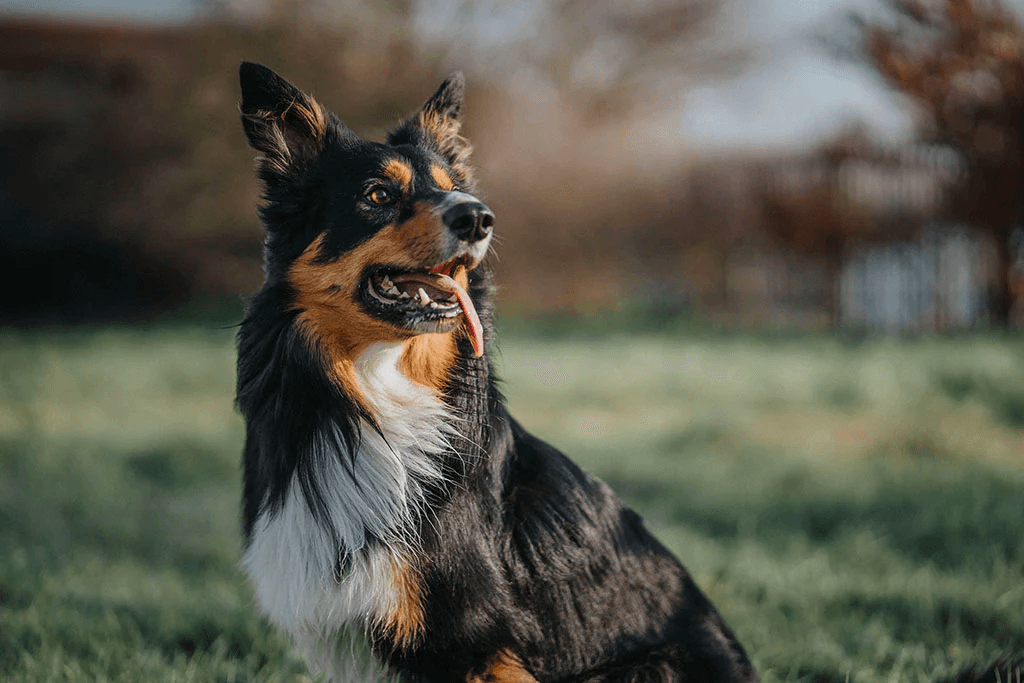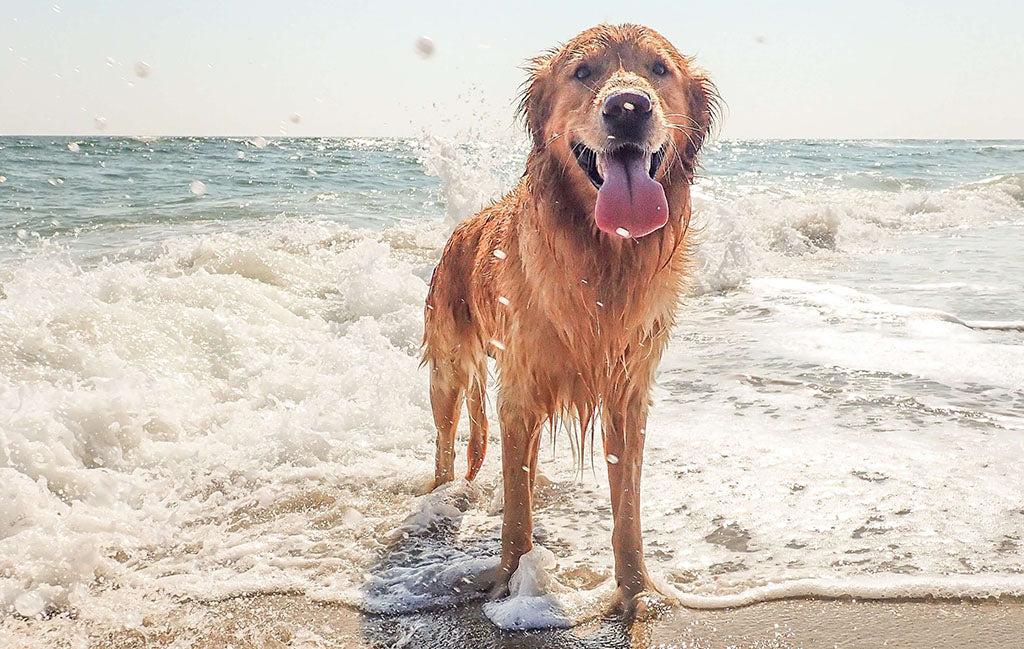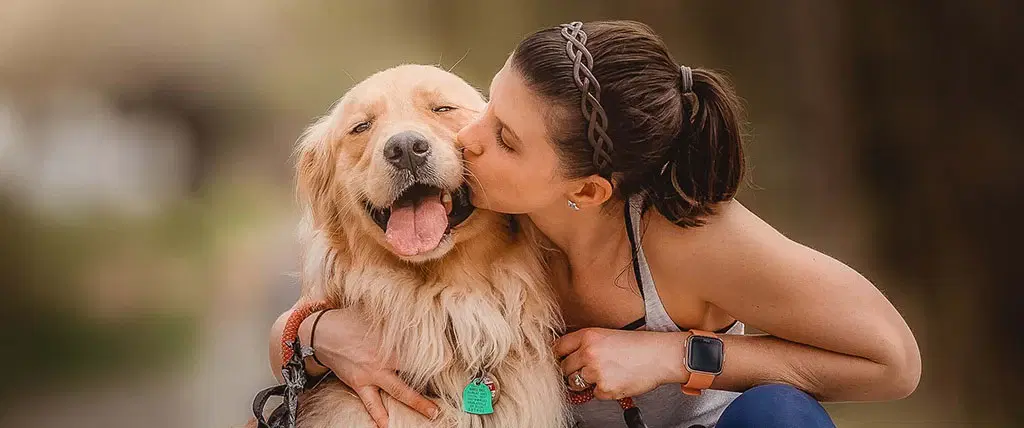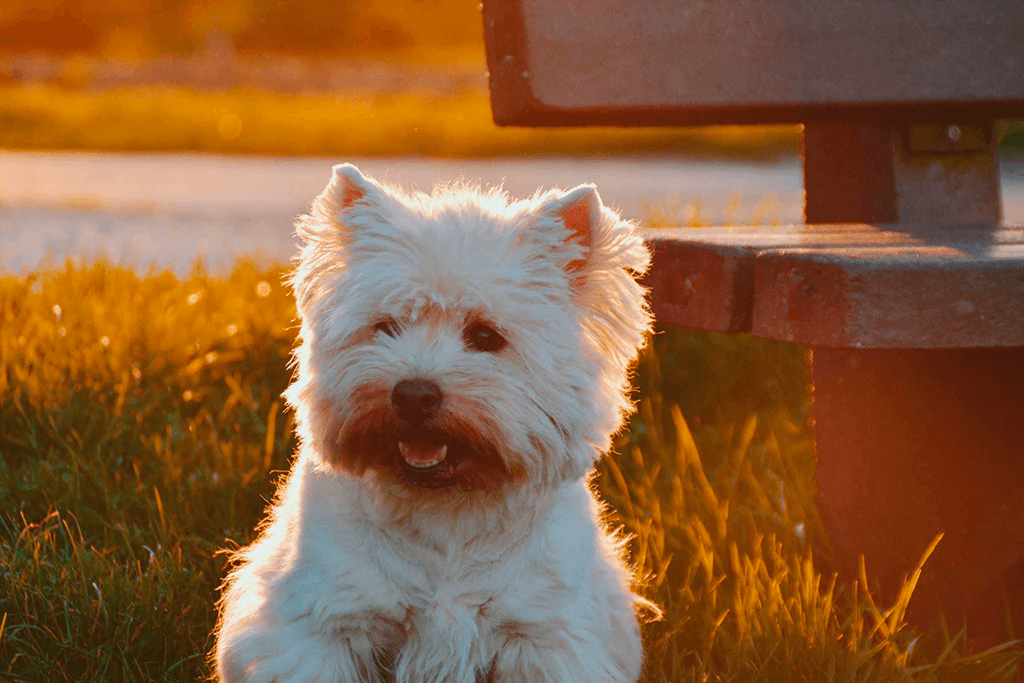Keeping your Labrador’s teeth clean and healthy can help prevent disease and vet bills down the line. In this guide, we’ll cover common Labrador dental issues, how to care for your dog’s teeth at home, and how to support their oral health as they grow.
Table of Contents: Labrador Dental Issues & Tooth Care Tips
- Which Dental Issues Are Labradors Prone To?
- How Do I Take Care of My Labrador’s Teeth?
- How Often Should I Brush My Labrador’s Teeth?
- Are There Any Special Dog Dental Hygiene Products I Can Use?
- What Can I Do to Protect My Labrador’s Teeth Before Problems Start?
- Conclusion: Keeping Your Labador’s Teeth Healthy & Clean
Which Dental Issues Are Labradors Prone To?
Labradors are typically hardy, but dental health can be a weak spot, especially as they age. Here are some common issues that can affect your Lab’s teeth:
- Periodontal disease: Plaque and tartar build-up can lead to inflamed gums, stinky breath, and eventually even tooth loss if left untreated.
- Fractured teeth: Labs love to chew, especially on bones or toys. Unfortunately, this can sometimes result in cracked or broken teeth.
- Retained baby teeth: Some Labs don’t lose their baby teeth properly, leading to overcrowding or misalignment.
- Tooth root abscesses: Infection at the root of the tooth can cause swelling, pain, or even a visible lump on the face.
Just like in humans, dental issues can also cause bad breath, drooling, or difficulty eating, so regular checks are a must.
How Do I Take Care of My Labrador’s Teeth?
Caring for your Labrador’s teeth starts with simple, consistent habits:
- Brush their teeth regularly with a gentle dog-specific toothbrush and tasty enzymatic toothpaste.
- Chew toys and dental chews should be vet-reviewed to keep your pup’s mouth safe while satisfying their need to gnaw.
- Fresh water should be given daily – clean water helps rinse away food particles and supports overall health.
- Regular professional vet cleanings should be booked for your Lab – this means annual dental exams and cleanings under anesthetic if vet-recommended to address any hidden issues.
A consistent dental hygiene routine will help keep your Lab’s mouth clean and their smile sparkling white.

How Often Should I Brush My Labrador’s Teeth?
Ideally, daily! But we get it, life gets busy. If daily brushing isn’t possible, aim to brush your Labrador’s teeth at least 3–4 times per week to help reduce plaque and prevent buildup.
Start slowly, using lots of praise and tasty toothpaste flavours like chicken or peanut butter to help your pup adjust. Most Labradors are food-motivated, so with a few rewards and some patience, tooth brushing can become second nature.
Are There Any Special Dog Dental Hygiene Products I Can Use?
Yes, it’s best to stick to dog-specific dental products. Human toothpaste contains ingredients like xylitol, which is toxic to dogs.
We recommend using these dog dental hygiene products for your Labrador:
- A soft-bristled dog toothbrush or finger brush
- Dog-safe enzymatic toothpaste
- Vet-approved dental chews
What Can I Do to Protect My Labrador’s Teeth Before Problems Start?
Prevention is everything. Even if your Labrador has perfect teeth right now, maintaining that oral health takes consistency. Here’s how to get ahead of issues before they start:
- Introduce brushing early, ideally when they’re still a puppy
- Avoid letting them chew on hard objects like rocks, antlers, or ice
- Provide regular vet checkups, including dental assessments
Good habits = fewer vet visits and a happier, healthier pup!
Am I Doing Enough to Keep My Labrador’s Teeth Healthy and Strong?
If you’re brushing regularly, providing dental chews, and keeping up with vet visits, you’re doing great! But if your Lab still has bad breath, yellow tartar build-up, or their mouth seems sensitive, it could be time for a dental check-up.
Labradors are pros at hiding discomfort, so even subtle changes in eating habits or behavior can be worth investigating.
Conclusion: Keeping Your Labrador’s Teeth Healthy & Clean
Your Lab’s dental health is a big part of their overall well-being, and it doesn’t have to be complicated. A little daily brushing, some well-chosen chews, and regular check-ups can go a long way in preventing painful problems from developing down the line.
With regular dental checkups and a consistent toothbrushing and cleaning routine, your Lab can enjoy healthy teeth and a brilliant smile long into their golden years.






